The recent passing of Pope Benedict XVI caused me to reflect on the anomaly of having two popes at the same time. I realize I am glossing over the technicalities of that situation, but I’m doing so deliberately. My purpose here is not to enter into debates about current Church issues but rather to highlight something instructive about our own Catholic history from an equally strange era where the Church had to deal with two seemingly competing popes for the first time.
In that era, a priest named Hippolytus (170-235 AD), set himself up as a rival or false pope in Rome and is known to history as the first “anti-pope”. His story  illustrates two things that are good for us always to keep in mind about the Church:
illustrates two things that are good for us always to keep in mind about the Church:
- It is run by fallible and even sometimes actually wicked men, but
- Despite them, it is ultimately governed by the Holy Spirit until the end of time.
In this we can see the hybrid nature of Christ’s Church, which is both divine and human, reflective of the two natures of Christ Himself. The humanity of Christ, of course, had no sin, but the members of His Church do, and we are always in need of purification.
And in this two-fold reality we have the spiritual battle, individually and collectively: the Church’s struggle to maintain truth, orthodoxy, and purity will last throughout all of human history. We should get used to it.
The Church Is Ever in Need of Reform
Before I recount the story of the first anti-pope, let me give you a kind of worst-case scenario to illustrate why an anti-pope is such a problem for the Church.
In this ongoing battle for fidelity, the Vicar of Christ has always had (and always will have) people who reject his authority. According to one source, there have been 37 men in Church history who have risen up against the reigning Catholic pope by declaring themselves, falsely, to be pope. In one era there were even two anti-popes at the same time!
That was the situation that St. Catherine of Siena (1347-1380) tried to avert at the time when the legitimate pope had taken up residence in France. The precipitating event had happened earlier in her century (in 1309) when a group of French cardinals got mad at the powerful Italian noble families, who had been installing their own popes for ages.
The French cardinals, in a majority at the time, decided to elect – you guessed it – a French pope. Then, voilà!, they promptly carted him off to France with his whole papal retinue, complete church archives, full college of cardinals, and all the Vatican’s cash. The French never do things half way.
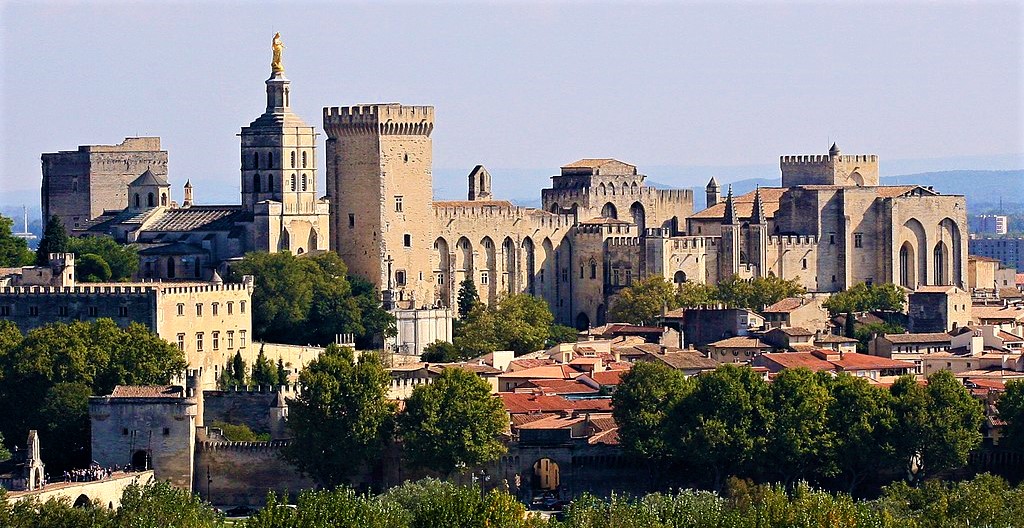
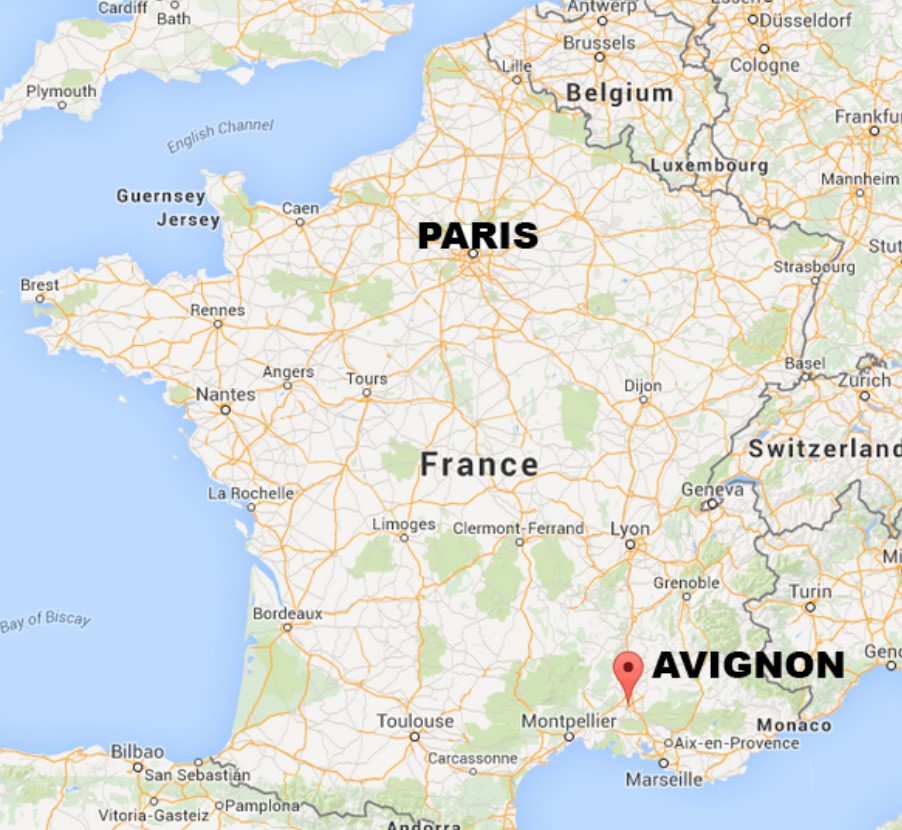
Avignon: The Papal Palace
The Avignon Fiasco
The popes took up residence in a lush palace in southern France (Avignon) and remained there for 67 years (from 1309 to 1376), sort of a papacy in exile from the Church’s historical center of gravity in Rome. During those 67 years, the Avignon papacy, as it is called, elected seven popes, but it’s important to be clear that they were all legitimate popes even though the papacy itself was dislocated from Rome.
In the course of nearly seven decades, the French-dominated papacy also appointed a total of 134 cardinals. Would you be surprised to learn that 111 of the 134 were French? I didn’t think so. This, of course, perpetuated the French dominance of the curia and papal office, but more importantly, it created the appearance and feeling that the papacy was in exile from its center. And, in fact, it was.
No one was happy about that situation (least of all the Italians!). Such an eminent person as St. Bridget of Sweden (1303-1373) intervened and tried – unsuccessfully – to get the pope back to Rome. The drama doesn’t end there, though.
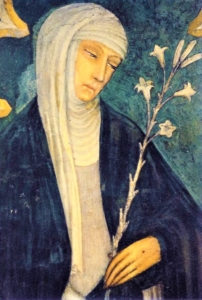 St. Catherine of Siena ultimately convinced Pope Gregory XI to return to Rome in 1376 (yes, they had to cart all that papal stuff back to Rome too), and then it was the French cardinals’ turn to be up in arms. To add to the problem, this same Pope Gregory died a year later in Rome, which gave the French the opportunity to get their papacy back.
St. Catherine of Siena ultimately convinced Pope Gregory XI to return to Rome in 1376 (yes, they had to cart all that papal stuff back to Rome too), and then it was the French cardinals’ turn to be up in arms. To add to the problem, this same Pope Gregory died a year later in Rome, which gave the French the opportunity to get their papacy back.
In 1378 the French elected their own pope back in Avignon, and of course the Italians in turn elected the legitimate successor to Gregory in Rome (and would you be surprised to know that the new guy was Italian? I didn’t think so.) Thus the Church found itself split right down the middle, a situation that has become known as the Great Western Schism.
We think we have it bad today? Imagine the generalized confusion and internal warfare that was going on within the Body of Christ at that time.
Councils and More Division
But the saga doesn’t end there either. The longer the situation endured, the more confusion spread throughout the universal Church. It reached such a point that even the rival factions wanted to resolve the situation. After much balking, backstabbing, and negotiating, the two sides decided to call a council at Pisa in 1409 to end the schism and agree on one single pope again.
It was a nice idea, but no good deed goes unpunished, as they say. The Council of Pisa itself ended up divided and the participants elected a third man who claimed to be pope! He thus became the second anti-pope at the time because he was not legitimately elected either. What a mess!
The cardinals then called another council and after three years of wrangling among themselves succeeded in electing a compromise candidate, Martin V, who became the legitimate and agreed-upon sole pope in Rome. Whew. Unity restored (fragile as it was).
“And so I say to you, you are Peter, and upon this rock I will build my church, and the gates of the netherworld shall not prevail against it.” (Matthew 16:18)
There are many lessons for us in this sad saga of division and rancor, but the one attitude we must never take away is this: “Gosh, the Church is so corrupt, let’s abandon it and start our own.” (Or worse yet, abandon faith altogether.) Never!
The point I made above about the governance of the Church holds true: Despite corrupt leaders – the divisions, the infighting, the politics, etc. – the Church is governed by the Holy Spirit and will never be ultimately overcome by either the sinfulness of men or the wiles of the devil.
In essence, we never have permission to abandon ship right when Christ’s Church needs us the most. It’s just that we don’t often see the resolution of these problems in our own lifetimes. It took over a century (1309-1417) for the Church to heal the Avignon, anti-pope fiasco. Alas!
The second lesson is simple: “Blessed are the peacemakers, for they will be called sons of God” (Matthew 5:9).
The First Anti-Pope
This insight leads us back to the difficult situation, centuries before Avignon (in the early 200s AD), when an influential priest of the Church of Rome, Hippolytus, found himself scandalized by the goings-on of the churchmen of his own day. The historical record is a bit sketchy because the events took place so long ago, but the relevant details are sufficiently clear for us to get a good idea of what transpired.
Hippolytus was a bright man, but then again, some of history’s most notorious troublemakers were also the brightest stars in the Church of their day. On the positive side, he left us certain orthodox writings that give us a precious view into the practices of the early Church. One of his works, called the Apostolic Tradition, actually catalogued the language used in the Eucharistic prayers of the time and the rituals used for the ordination of bishops. Some of his wording is used in Church liturgies to this day. Amazing.
Yet, Hippolytus was adamantly opposed to the reigning pope, Zephyrinus, who believed the Sacrament of Penance should be extended even to (repentant) murderers and adulterers who had previously been excluded from receiving absolution.
Hippolytus was the kind of purist who causes a great deal of division in church communities in every age. These types advocate a kind of “church of the elect” that wants to exclude imperfect Christians, or at least certain categories of sinners.
Just remember the old saying that if you ever want to join a church of perfect Christians, it will cease to be perfect the moment you join it. Such churches never exist in reality.
Yet, even though Hippolytus was an influential priest, his ideas did not catch on. And then there was the triggering event: Hippolytus was passed over for pope when Zephyrinus died in 217, and the Roman Church elected another guy, Calixtus, who had the same attitude toward the Sacrament of Penance as his predecessor, Zephyrinus.
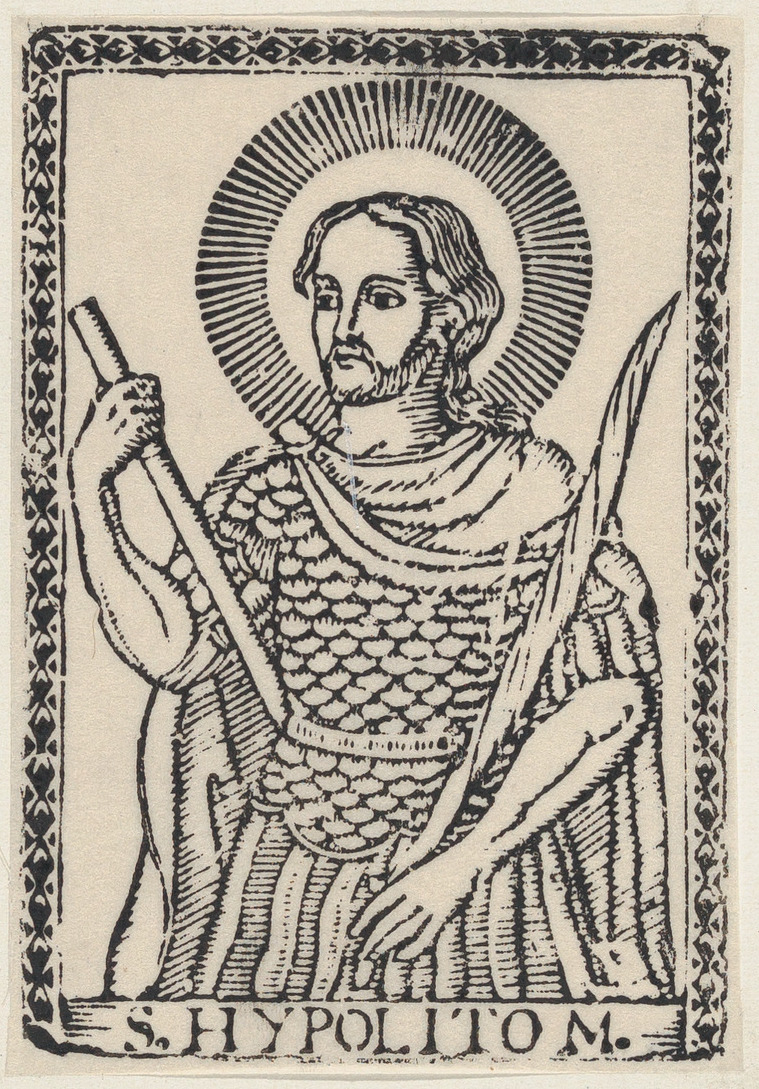
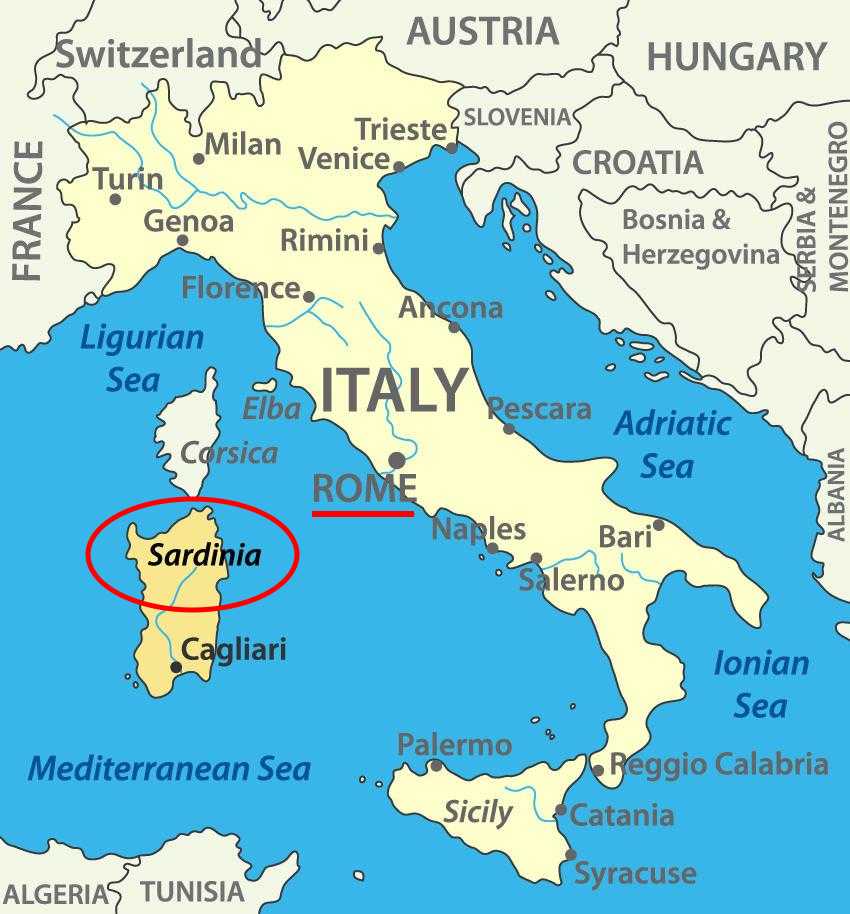
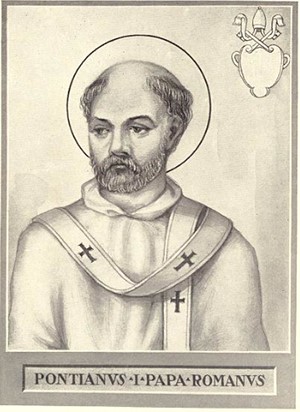
The Schism
That was the last straw for Hippolytus. He broke away from Roman authority over that issue and formed his own community that consecrated him as the “true pope” in opposition to what he considered to be the less-than-pure man who, in fact, legitimately occupied the throne of Peter.
The Roman Church was thus confronted with its first official anti-pope, and it wasn’t pretty. Hippolytus remained obstinately in schism with his breakaway community through the reigns of three popes: Calixtus (217-222), Urban I (222–230), and Pontian (230–235).
And do you know what eventually reunited the anti-pope Hippolytus with the real pope Pontian? Suffering.
In 235 they both got shipped off to the salt mines in Sardinia by the Roman Emperor Maximinus. It wasn’t because the emperor was trying to resolve a dispute between two wayward children either. In fact, he was aggressively persecuting Christians and tried to lop off the head of the Church by exiling her leaders. The encyclopedia Britannica calls him “a fervent pagan” and “a persistent persecutor of Christians” from the time he became emperor. The early Church went through 300 years of these types of persecutions.
Very little is known about the ordeal Pontian and Hippolytus endured in the salt mines, but what is clear is that Hippolytus renounced his schismatic campaign and the two men actually reconciled right there – in the salt mines of Sardinia!
Furthermore, in the midst of their common suffering, the two men gave a final and quite amazing testimony to Church unity. Hippolytus urged his followers to be reconciled with the community of Rome, and Pontian resigned the papacy voluntarily so that the Church could elect another pope and would not be deprived of a father to guide them through the persecution. Both men died in the year 235, probably of harsh treatment rather than execution. Still, they clearly died for their faith.
To this day – 1800 years after the fact – the Church celebrates the Feast of Sts. Pontian and Hippolytus together on the universal calendar on August 13th. Pope and anti-pope! Wow.
They were imperfect men, yes, but also glorious martyrs of Church unity. “Blessed are the peacemakers, for they will be called sons of God.” And perhaps an even more relevant Gospel truth echoed by these men: “You are the salt of the earth and the light of the world.” Indeed.
———-
[Note: This article is a reproduction of the Sacred Windows Email Newsletter of 2/19/23, so it does not end with the regular Soul Work section. Please visit our Newsletter Archives.]
Photo Credits: The Papal Palace at Avignon, France. (Wikimedia, Jean-Marc Rosier); Holy Spirit Window by Dnalor 01 via Wikimedia Commons; images of Hippolytus, Pontian, and Catherine of Siena in the public domain.
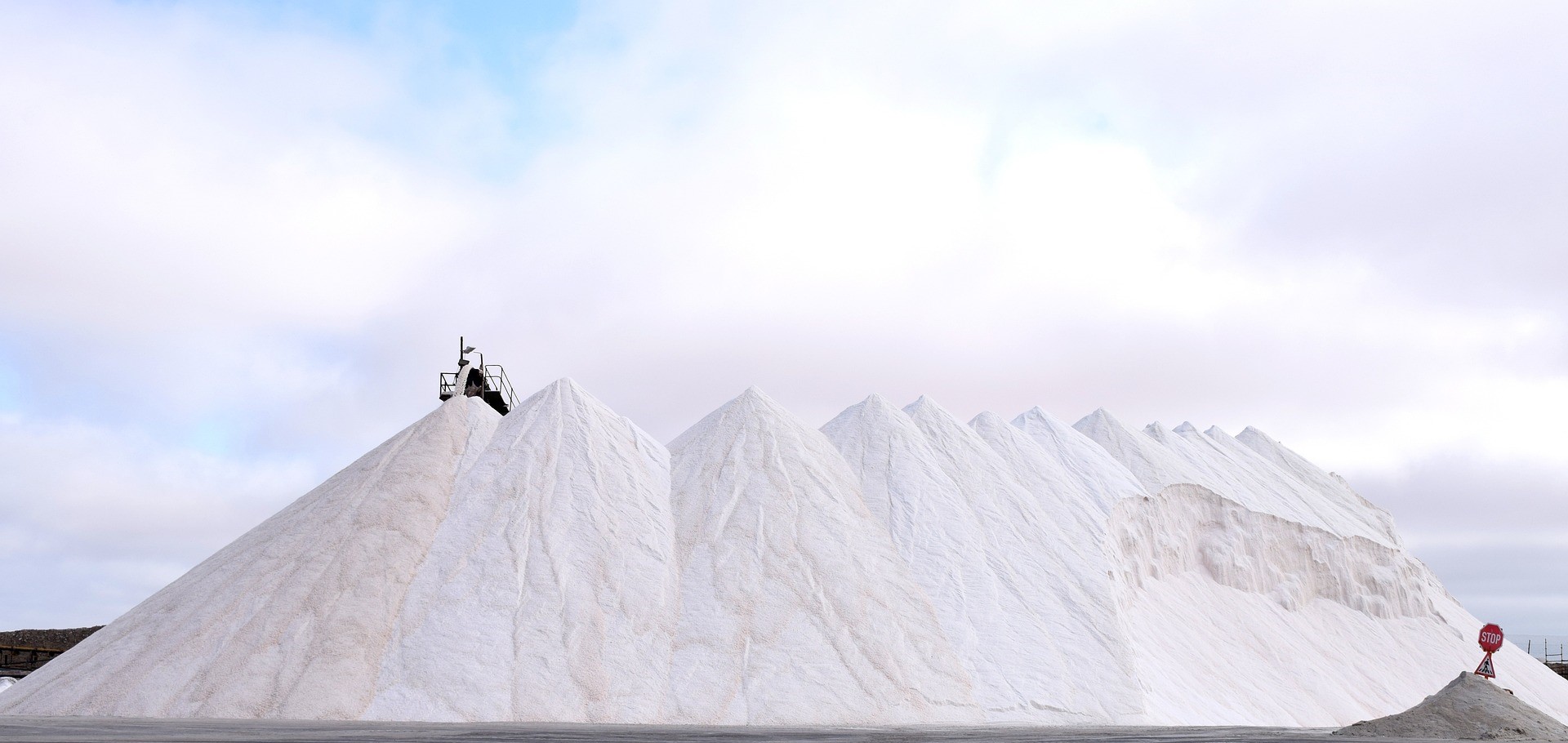
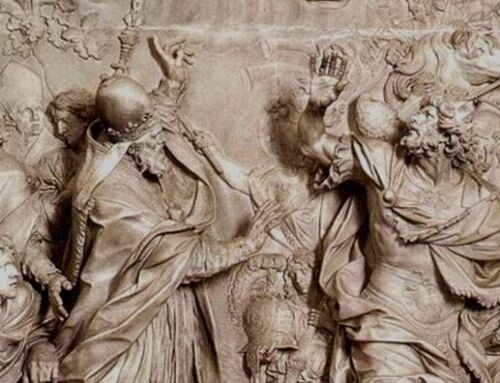
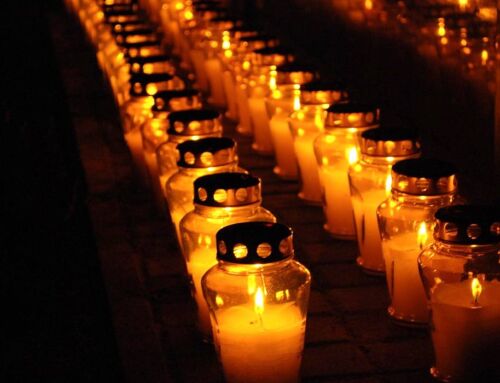
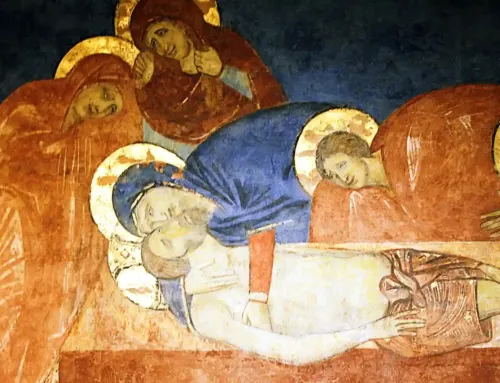
Leave A Comment